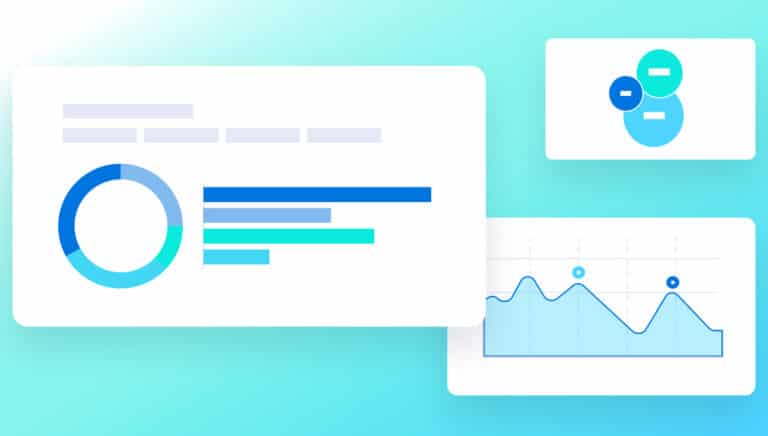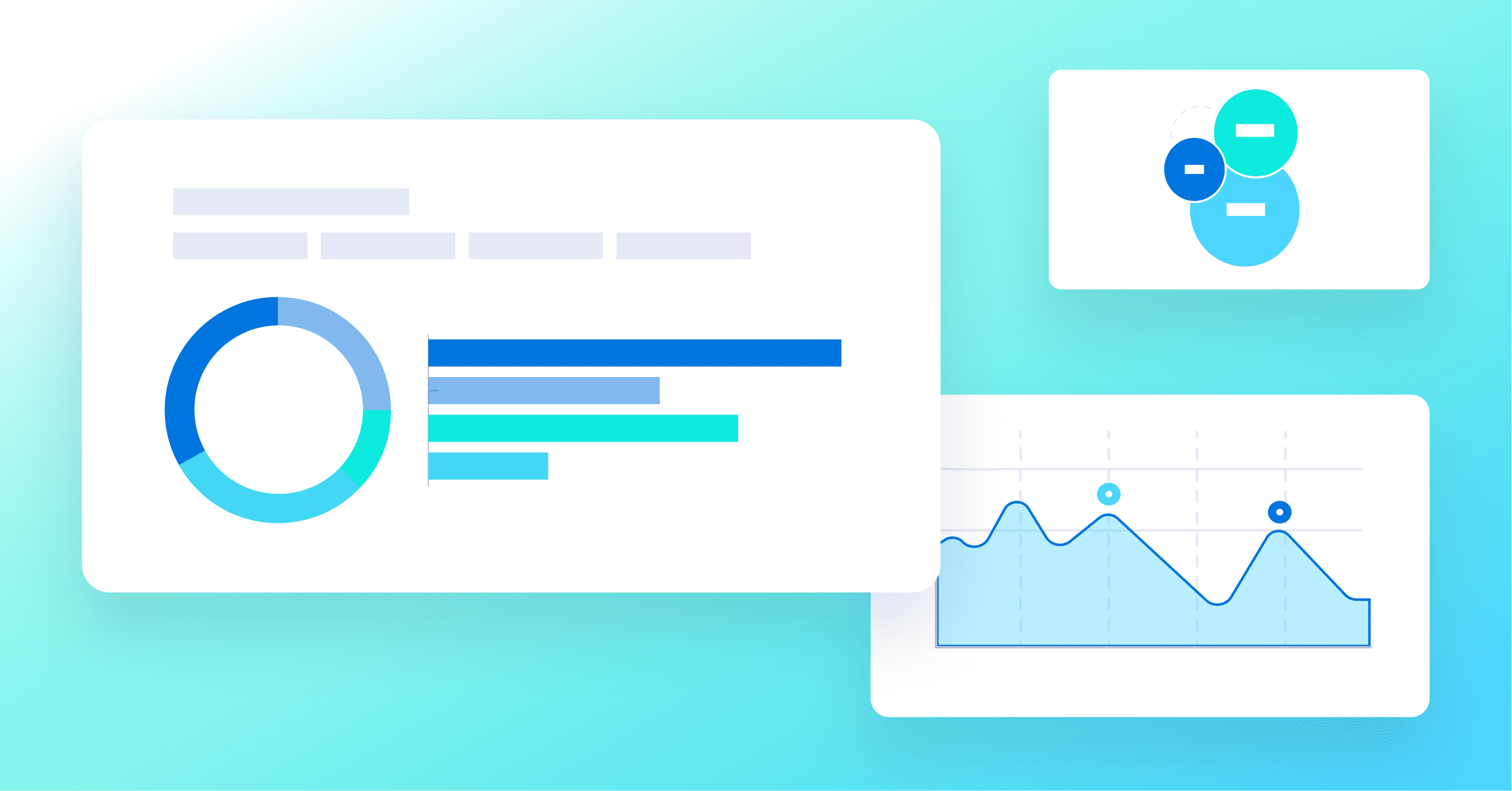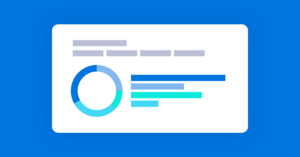Data drives results, which it’s why it’s critical to use tools that collect and analyze it efficiently. Enter mobile analytics, technology that gathers the data marketers and developers need to understand how users are interacting with their marketing campaigns, mobile banners, mobile apps, websites, and other digital touchpoints.
With a surplus of competitors on the playing field, it’s more important than ever to understand mobile app performance as well as the customer journey, including what features users like best and where they spend the most time. This data can help brands fix pain points and create a superior user experience to gain an edge over the competition.
Understanding mobile analytics
In this guide, we’ll explore:
How do mobile analytics tools work?
Mobile app analytics tools identify unique mobile app users and capture their behaviors. This technology works differently than web analytics, though, because app users can be less predictable than their web-based counterparts.
As opposed to simple web analytics tools designed for desktop and laptop computers, mobile analytics tools are able to capture user data from across multiple devices, like smartphones and tablets, that use a range of operating systems, including iOS and Android.
Mobile analytics can be more challenging than capturing web analytics for a few reasons. First, the mobile environment has different security and privacy features, as well as different APIs. Mobile users often opt out of sharing data, too. On top of that, mobile networks can have reliability issues, which may impede the collection of important data.
What about mobile analytics for apps?
Challenges aside, mobile analytics tools were designed to capture specific data from on-the-go users, across devices. This includes how and when users install — and uninstall — apps. Once a user opens a mobile app, app measurement tracks behavior data like which features they interact with, how often they use it, how long they spend in it, and if they make any in-app purchases.
Beyond user behavior, app analytics tools may also capture users’ demographic and device information. These tools can also collect functionality and performance metrics about the app, such as any app crashes or errors and how long it takes to load pages within the app.
This array of data can help app developers and marketers understand how users engage with their products and where their pain points are to help predict churn. In turn, they can use this information to create a best-in-class customer experience, boost their retention rate, and optimize their ad spend.
How to choose and set up a mobile analytics tool
App developers and marketers are faced with a host of options when choosing a mobile analytics tool. To simplify the process, begin by assessing your goals and requirements. What are you trying to accomplish, and what kind of data do you need to succeed? How are you going to A/B test?
Then, make sure the mobile analytics tool you select is compatible with your platform, has an easy-to-navigate interface, and offers training support and resources. Of course, the price needs to be within budget, too, so it’s important to factor any subscription costs or annual fees into the total cost of use.
Once you’ve zeroed in on the right app analytics tool for your needs, integrate it into your apps using a software development kit (SDK), which will include the APIs and libraries that facilitate the collection and reporting of data.
With that in place, it’s time to configure the analytics settings to align with your tracking goals and key performance indicators (KPIs). These settings let the tool know which data to track and how to track it. This process is customizable, and you can establish which events, user information, and funnels you’d like to capture to track specific user journeys.
After that, test the analytics setup to ensure it’s doing what it should and capturing accurate data that can be used to make actionable insights.
How to analyze mobile analytics data
With data in hand, it’s time to begin analyzing user behavior. Different mobile analytics tools will offer different reports, but each one should have graphs, charts, and other visual dashboards to help identify trends and patterns in user behavior.
One method of evaluating data is mobile cohort analysis. This approach looks at groups of users with characteristics in common — like how they behave in the app, their geographic location, or when they downloaded the app. By studying cohorts, app developers and marketers gain insights into specific metrics, including user engagement and retention rates.
Collecting and analyzing data isn’t a one-and-done effort. It’s important to understand that mobile analytics is an ongoing process and should be a regular part of monitoring the success of mobile apps, website, ad campaigns, and other digital efforts. Doing so will help you stay on top of any potential issues and identify opportunities to enhance the mobile experience.
How to make the most of mobile analytics tools
It’s easy to become overwhelmed by the volume of data available through mobile analytics tools. To set the stage for mobile analytics success, it’s essential to have well-defined goals, metrics that directly correspond to these goals, and a plan in place to regularly analyze the data and synthesize the results into meaningful information to inform marketing and app development efforts.
In the end, mobile analytics is a powerful tool for marketers and app developers looking to better understand their users and improve the success of their campaigns and apps. By collecting and analyzing data about user behavior, developers can make data-driven decisions that lead to an optimal user experience, heightened engagement, and increased mobile growth.
Ready to fix your mobile analytics?
10 Tactics to Harness the Power of Paid Advertising in a Post-cookie Era

How Do I Choose a Mobile Analytics Tool?

How to Get the Most out of Unified Analytics
























